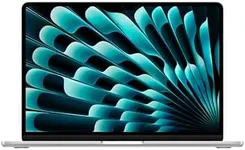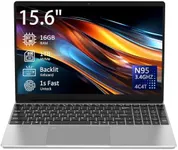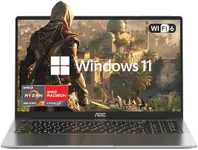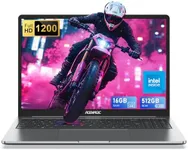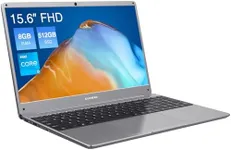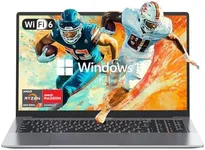Best Laptops
From leading brands and best sellers available on the web.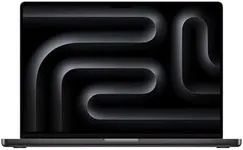
Apple
12%OFF
Apple 2024 MacBook Pro Laptop with M4 Pro, 14‑core CPU, 20‑core GPU: Built for Apple Intelligence, 16.2-inch Liquid Retina XDR Display, 24GB Unified Memory, 512GB SSD Storage; Space Black
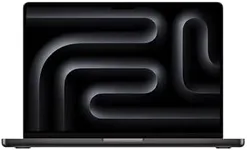
Apple
Apple 2024 MacBook Pro Laptop with M4 chip with 10‑core CPU and 10‑core GPU: Built for Apple Intelligence, 14.2-inch Liquid Retina XDR Display, 16GB Unified Memory, 512GB SSD Storage; Space Black

Apple
21%OFF
Apple 2025 MacBook Air 15-inch Laptop with M4 chip: Built for Apple Intelligence, 15.3-inch Liquid Retina Display, 16GB Unified Memory, 256GB SSD Storage, 12MP Center Stage Camera, Touch ID; Silver

Apple
13%OFF
Apple 2024 MacBook Pro Laptop with M4 Pro, 12-core CPU, 16-core GPU: Built for Apple Intelligence, 14.2-inch Liquid Retina XDR Display, 24GB Unified Memory, 512GB SSD Storage; Space Black
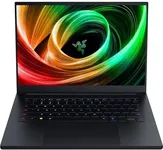
Razer
Razer Blade 14 (2025) Gaming Laptop: NVIDIA GeForce RTX 5070 - AMD Ryzen AI 9 365 CPU - 3K 120Hz OLED Display - 64GB LPDDR5X RAM - 2TB SSD - Thin & Lightweight - Chroma RGB - Windows - Black
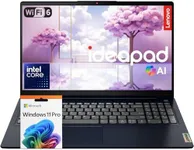
Lenovo
Lenovo V15 Business Laptop | 2025/2026 Edition | Intel Pentium 4-Core Series Processor | 15.6 FHD Screen (1920 x 1080) | 16GB RAM | 512GB PCIe SSD | WiFi-6 | Ethernet RJ-45 | Windows 11 Pro
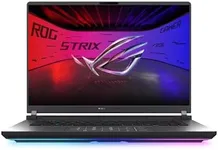
ASUS
22%OFF
ASUS ROG Strix G16 (2025) Gaming Laptop, 16” ROG Nebula Display 16:10 2.5K 240Hz/3ms, NVIDIA® GeForce RTX™ 5070 Ti GPU, Intel® Core™ Ultra 9 275HX Processor, 32GB DDR5, 1TB SSD, Wi-Fi 7, Win11 Home
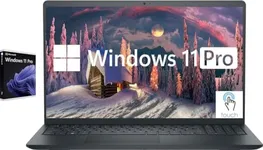
Dell
Dell Inspiron Touchscreen Laptop, 15.6" Business & Student Laptop Computer, Windows 11 Pro Laptop 32GB RAM 1TB SSD, Intel i5-1155G7 Processor, Full HD IPS Display, Numeric Keypad, HDMI, Carbon Black
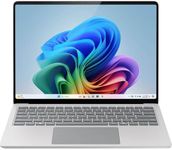
Microsoft
20%OFF
Microsoft Surface Laptop (2024), Windows 11 Copilot+ PC, 13.8" Touchscreen Display, Snapdragon X Plus (10 core), 16GB RAM, 256GB SSD Storage, Platinum
Our technology thoroughly searches through the online shopping world, reviewing hundreds of sites. We then process and analyze this information, updating in real-time to bring you the latest top-rated products. This way, you always get the best and most current options available.

Most Popular Categories Right Now
